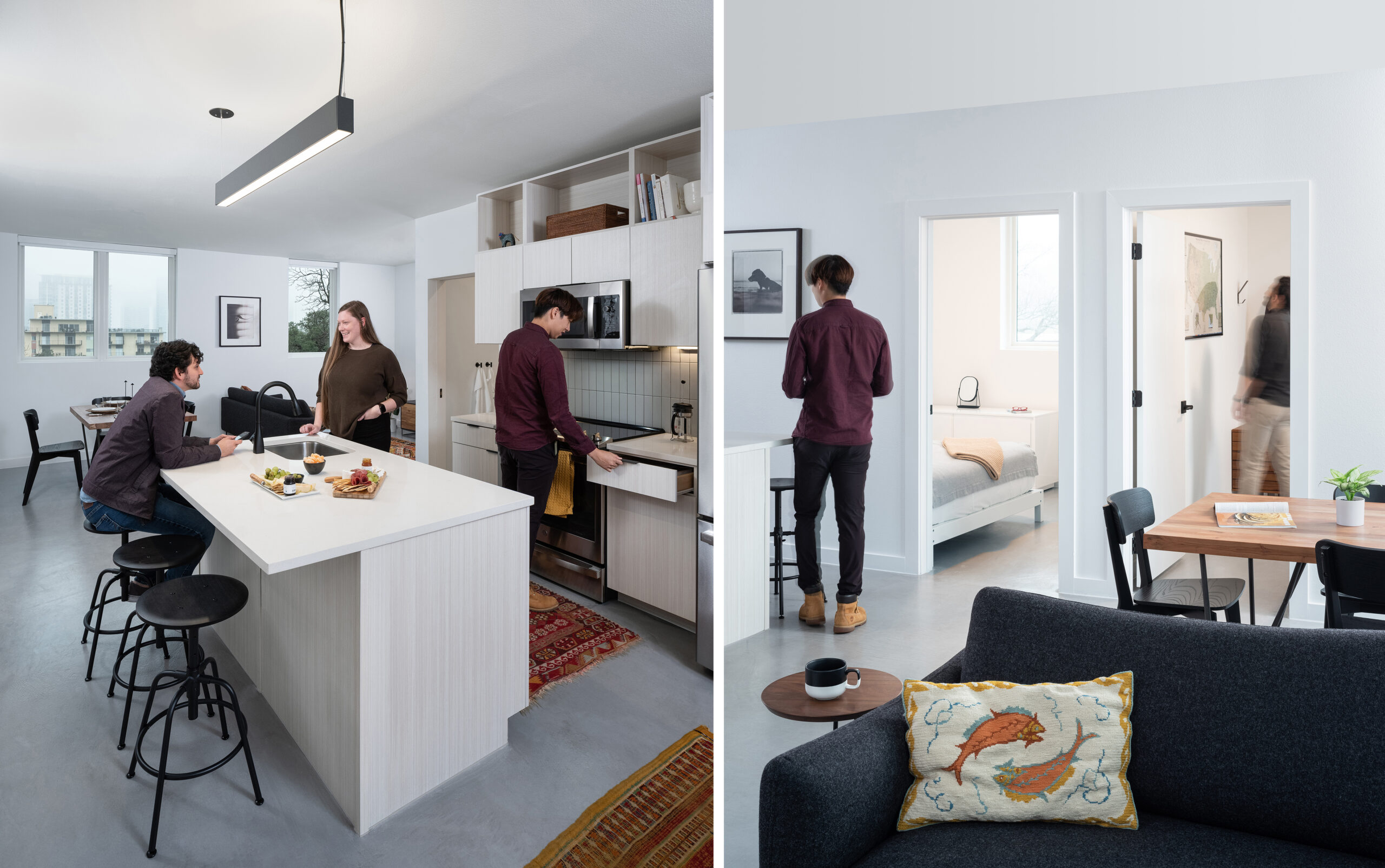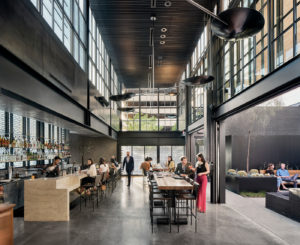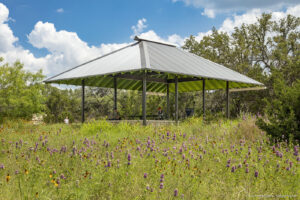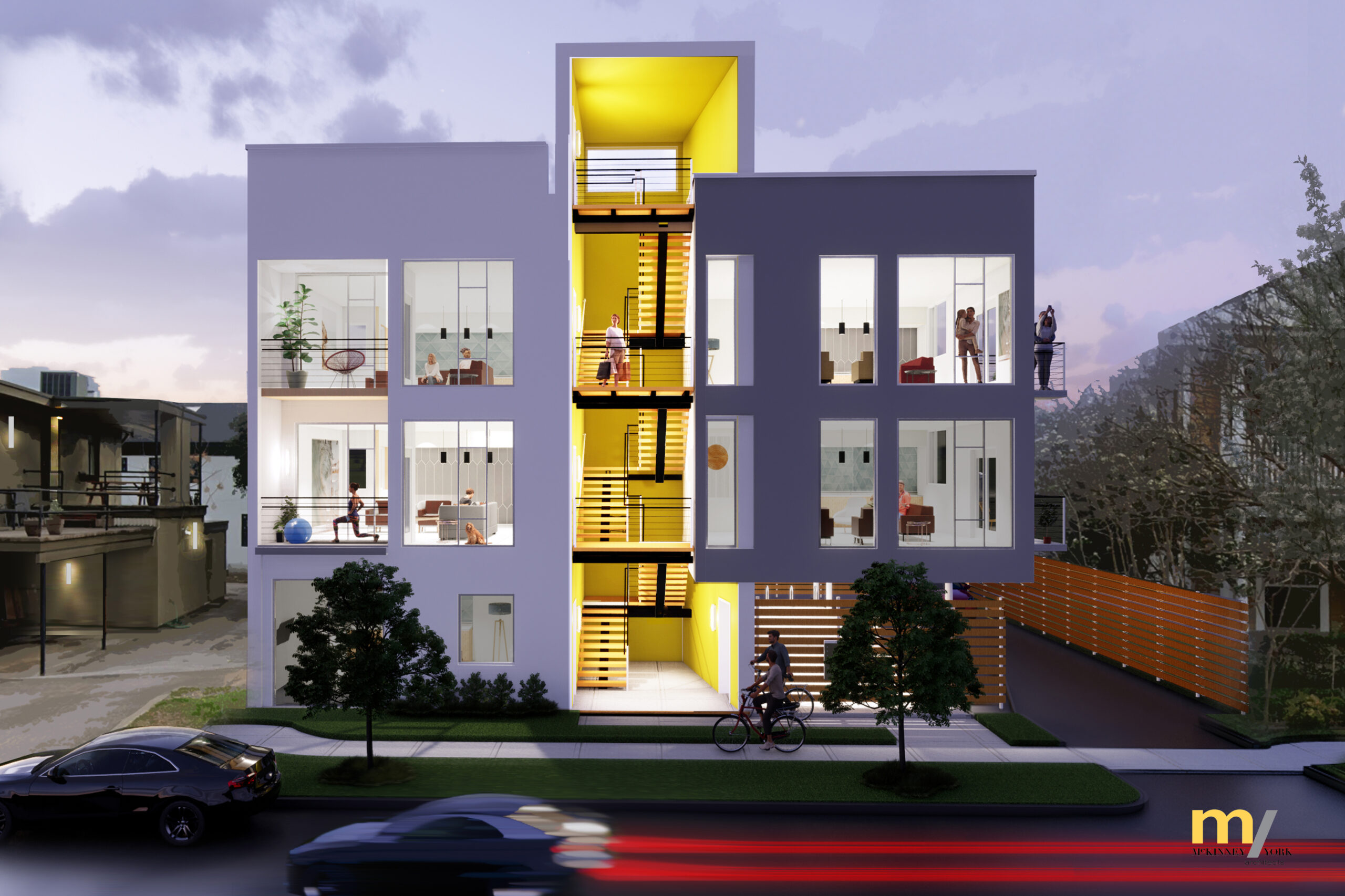In recent decades, the growth of residential units within Austin has sharply declined, as documented in Root Policy Research’s 2020 Comprehensive Housing Market Analysis. This comes as little surprise; as we grow, the city has less easily developable land. As a result, almost all development in Austin is now redevelopment. While large developers with institutional investors can acquire large tracts for development, small, formerly single-family lots comprise much of central Austin. In the city’s core, lawyers, accountants, architects, and other professionals have long ago converted these properties to commercial uses. As downtown Austin has evolved from a 9-to-5 commuter-office destination into a bustling mix of housing, office, retail, cultural, and nightlife uses, these small lots offer an opportunity for not-so-large developers to contribute to its vibrancy.
Small-lot apartment developments such as Capitol Quarters and Ashram offer private and public benefits:
- They are sustainable; they take advantage of the existing water, sewer, roadway, and public transit infrastructure already serving the central city.
- They foster urban vibrancy and neighborhood safety.
- The evening, early morning, and weekend activity helps local businesses to thrive.
- These developments provide opportunities to diversify Austin’s housing stock ownership.

The city hopes to make even more sites available for small-lot apartments. The commitment of the Council to new affordable housing does not appear to have wavered, even though CodeNext stalled. Importantly, recent changes to Austin’s building code have made small-lot apartments even more attractive investments.
Model building codes have for years allowed apartment buildings with four or fewer units on a level to be served by a single stair up to the third floor, provided the units were small enough that the travel distance from the most remote part of any apartment to the exit was not more than 125 feet. However, before it adopted the 2021 version of the International Building Code, Austin had always amended the code to require a second stair from all three-story apartment buildings, regardless of the travel distance.
This amendment particularly burdened small sites. At Ashram, a recent McKinney York project, a 4,400 SF lot was rezoned from residential to DMU (Downtown Mixed Use). After accounting for compatibility and building code setback requirements, open space, and parking, the rezoned site could accommodate a building of approximately 7,400 SF on three levels. The footprint of a second stair would likely take around 500 SF out of the building, which as of 2023, could amount to a reduction of $20,000 (or more) in annual rent in central Austin. This diminished earning capacity could be the determining factor in the viability of a site for a small-site apartment redevelopment, perpetuating the city’s residential shortfall.
There is no singular fix to the shortage of housing in Austin. However, unlocking the development potential of our many small sites offers one way to contribute to the solution.
If you or your organization would like more information on this topic, please email us.





